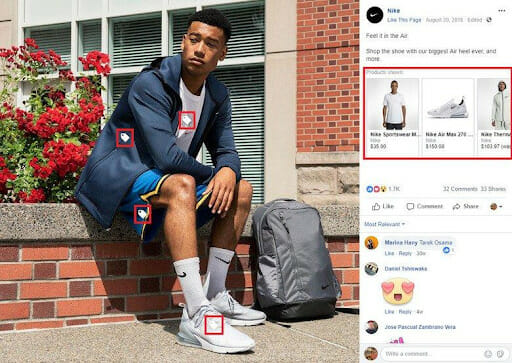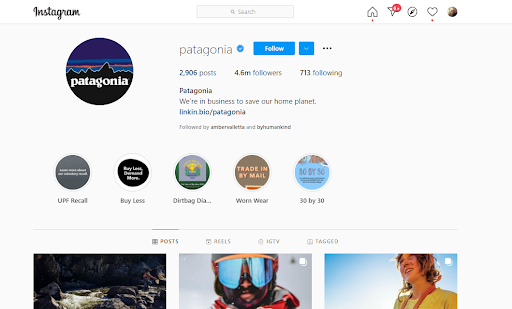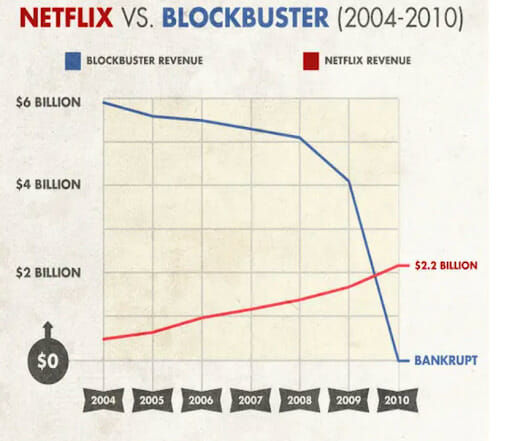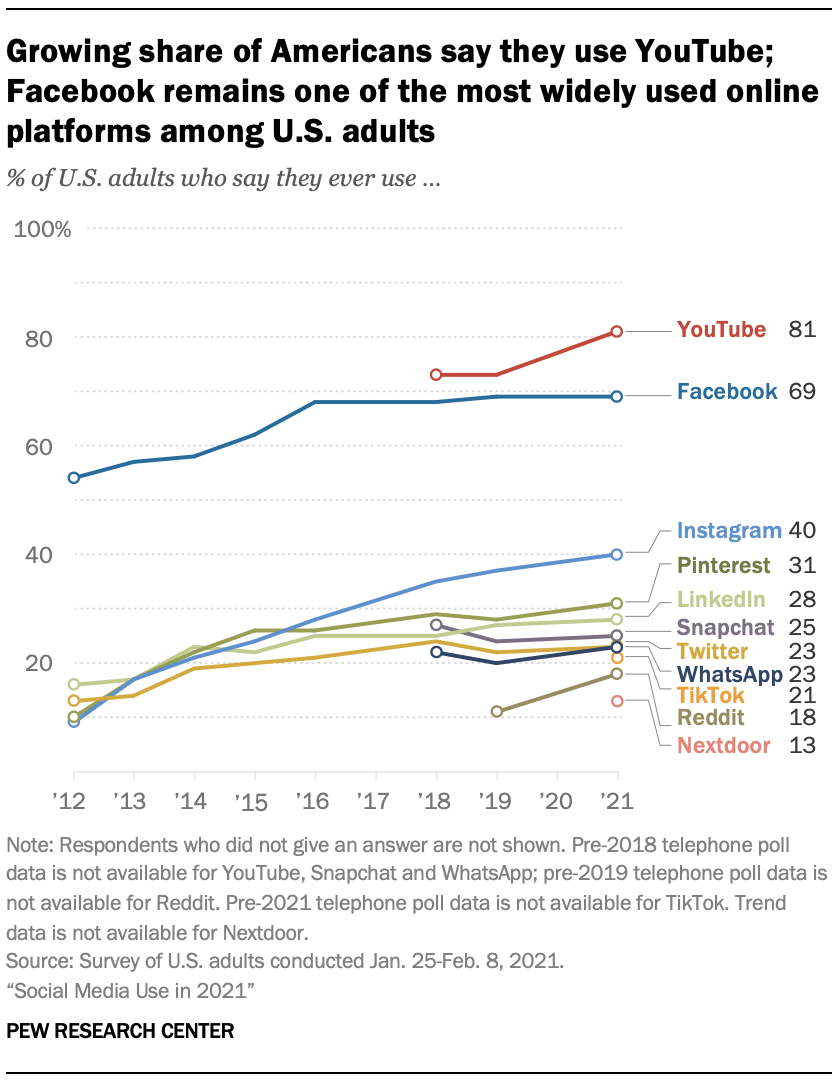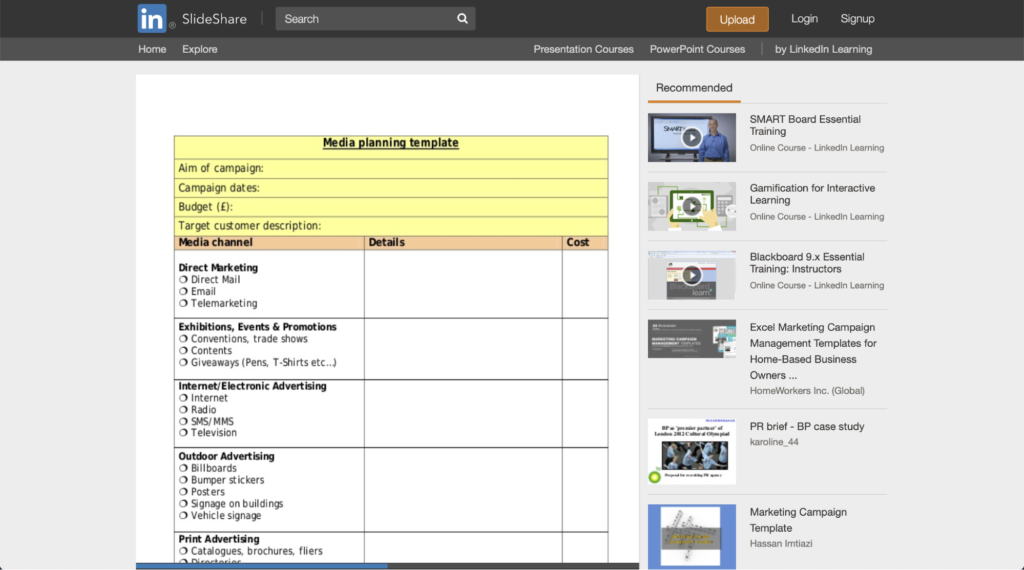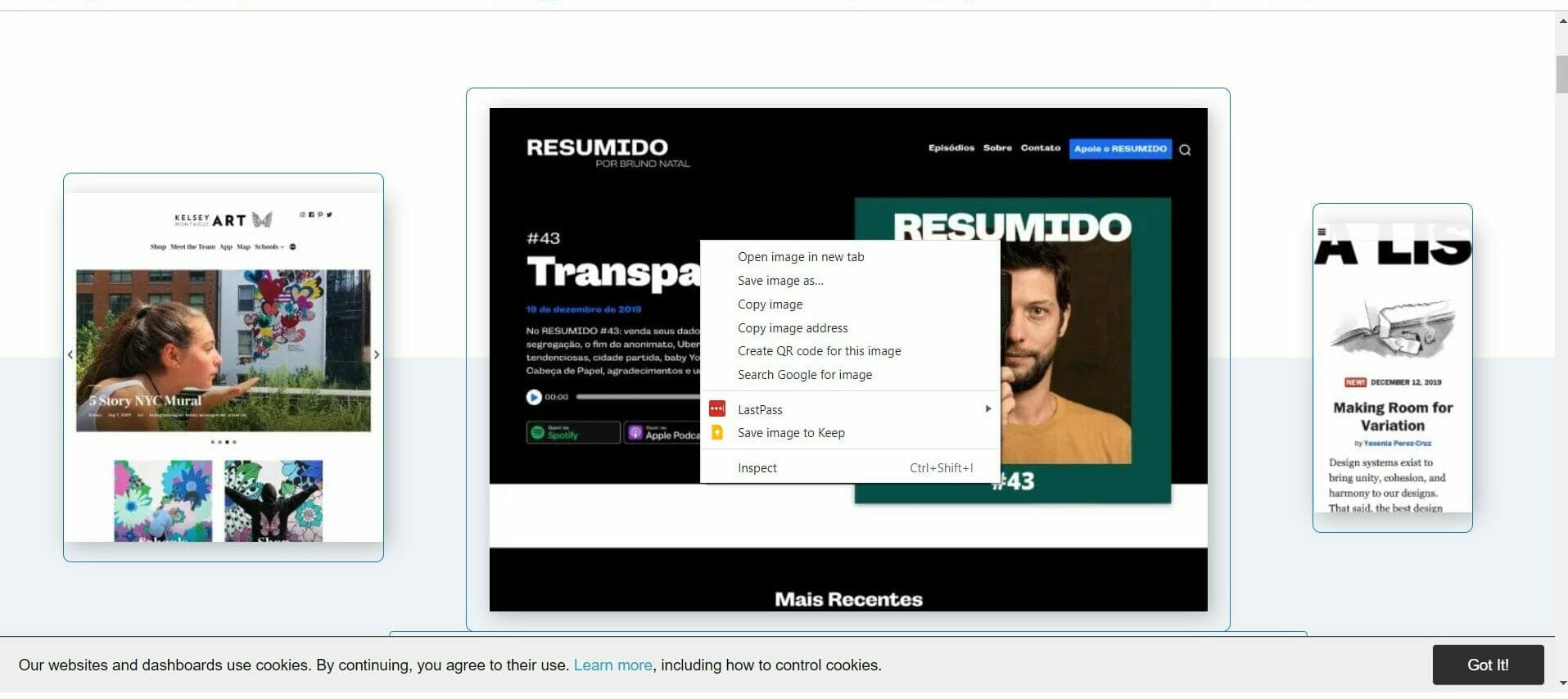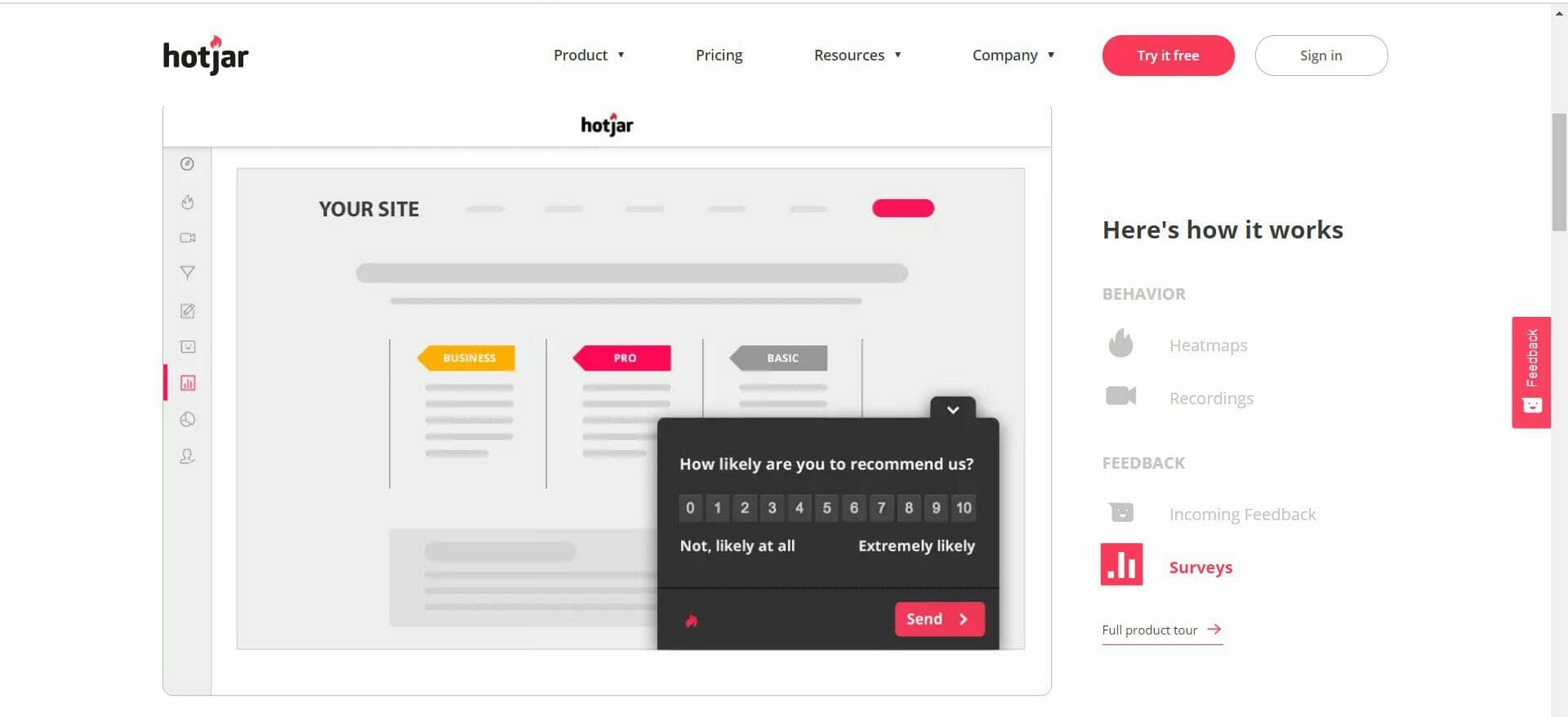
Best Marketing Strategies to Grow Your Business in 2024
Here comes the holiday season, with plenty of opportunities for marketing and e-commerce. 2024 is entering its final quarter. But beyond that, how can you make the most of these last months?
In this post
This post will explore core strategies you can apply whether your business is geared for B2B or B2C if you are a small or medium company. We’ve prepared a top marketing strategy. you can use to finish the year with a bang
What Is a Marketing Strategy?
Marketing strategy is an umbrella term for a long-term approach and a forward-looking general plan for an organization to achieve a competitive advantage by understanding and meeting customers’ needs.
A marketing strategy is a broad strategy that includes the company positioning, the ad creative, strategic partners, the marketing mix, the channels you use, and the tactics you implement.
The strategy is what used to be called “branding.” It also includes its value proposition, the key brand messaging, target audience and customer demographics, and other high-level elements.
Difference between a marketing strategy and marketing tactics
Marketing tactics are part of a broader marketing strategy. Marketing tactics are the specific ways you choose to use to implement your comprehensive marketing strategy. For instance, you can have a content strategy for social media and then have specific tactics for each channel.
When you are developing a marketing strategy, you should follow a top-down order, from general to specifics:
Tactics are precise ways to grow your business included in a marketing plan’s broad set of marketing strategies.
Marketing Strategies vs. Marketing Plans
Too often, you will hear marketers and laypeople talking about marketing strategies and plans as the same thing. To do efficient work, you need to know where you want to go and how you will get there. This is the difference between your marketing strategy and your marketing plan.
| A marketing strategy is your organization’s approach to achieving your competitive advantage. The marketing plan defines the activities and steps that will help you achieve them. |
The strategy answers the question, “what do we need the marketing activities to achieve and why?. The plan responds to the when and how you will reach the goals defined on the strategy.
As for the question: which one do you need as a marketing team? You need both.
Here are the main differences between a marketing strategy and a marketing plan:
Timing
You should create a marketing strategy before starting marketing work as it sets the ground for your campaigns. Since the marketing strategy is encompassing, it shouldn’t change significantly for each campaign. A quarterly evaluation can help you make the necessary adjustments.
The marketing plan is created after the marketing strategy. You can have different marketing plans for each campaign or program. The plan should include other dates and milestones to complete.
Purpose
The purpose of the marketing strategy is to understand the marketing goals of your business, meaning what your product or service needs to reach the right customers. A marketing strategy keeps everybody aligned with those goals and gets the most value for your offerings.
The marketing plan aims to help the team visualize when and how you will accomplish those goals. The marketing plan sets the timelines and conducts your campaigns and programs to align them with marketing and business goals.
Components
A marketing strategy usually consists of the following:
- Company vision and goals
- Marketing goals
- Initiatives
- Positioning
- Brand message
- Buyer persona
- Competitive landscape
The marketing plan consists of the following components:
- The campaign goals
- A timeline with milestones
- The channels you will use
- The budget
- Activities
- Dependencies
Why does my company need a marketing strategy?
Companies that try to get by without a marketing strategy often lose track of the vision, the goals, and the pain points the product solves. When this happens, the tactics can be erratic and lose effectiveness.
So a marketing strategy is not a static document that you hang on the wall. It is a dynamic process of discovering the marketing high-level goals and objectives and how to achieve them.
Without a marketing strategy, any campaign will be like shooting in the dark.
What are The 4 “P’s” in Marketing Strategy?
The 4 Ps of marketing is a model to define the components of the marketing mix when you take a new product or service to market. The 4 Ps refer to price, product, promotion, and place. These four factors are involved in the marketing of a product or service.
When you integrate all these marketing strategies into the marketing mix, organizations can consider all essential factors.
Price refers to how much your product costs for the customer to buy. The price of your product will depend on your competitors, the demand, the production cost for the product, and what consumers want to spend for it. This factor also includes the payment models.
Product is what your business provides to the target audience. It can be a product or a service.
Promotion involves the actions to let the company’s target market know about the product or service. Promotional activities include PR campaigns, social media, and content marketing.
Place refers to where people buy your product or service. It may involve a physical location, like a store, or a digital one, like an eCommerce or marketplace channel.
10 Marketing strategies you need for 2024
-
Optimize for Google’s Core Web Vitals
Core Web Vitals are new metrics that form part of Google’s Page Experience Update.
The metrics will measure site load time, interactivity, and content stability and probably impact search rankings.
Besides the already known factors of a site being mobile-friendly, not having intrusive ads, providing HTTPS security, and safe browsing, Google considers anything that could annoy a user from the page.
Therefore, if you optimize your site for Core Web Vitals, you may be ahead on enhancing the user experience.
-
Prepare for cookie-less marketing.
In 2022 a significant change is coming for marketers: the end of third-party cookies. Organizations need to start focusing on building their list and gathering first-party data. The phasing out of third-party cookies will change how we target and track digital ads
“Organizations need to start focusing on building their list and gather first-party data to comply with the new regulations in 2024” CodeFuel. [Click to Tweet]
-
Focus on customer retention
It is known that it is cheaper to keep existing customers happy than to acquire new ones. Loyalty incentives, push notifications, and rewards can nurture an existing customer relationship and give it the impulse needed to convert. Mobile interactions, SMS, and mobile marketing are other ways to reach and remind your customers of your offers and promotions.
-
Create an omnichannel marketing strategy
Another trend is to combine multiple channels—for instance, social commerce. In 2020, Instagram and Facebook launched shoppable posts, which enable users to shop directly on the platforms.
Implementing a multiple-channel strategy that includes social media and digital ads can increase your chances of reaching the customer.
-
Build customer trust
After the pandemic, consumers became more selective of where they spent their money. Consumers buy from brands they can trust, share their values, and meet their needs. Building trust requires consistency in keeping your brand’s promise to your customers.
“Trust and integrity are fundamental to driving market momentum”(Harvard Business Review)
-
Optimize for voice search
Voice search is gaining momentum as consumers used voice-enabled devices while they were at home during the pandemic. Therefore, brands could gain a lot from optimizing for voice search.
How do you do it? Focus on understanding the long-tail keywords your customers use when asking questions or making requests to their voice devices.
-
Go Live
Video marketing and social video are the most significant trends going on now. Just look at TikTok, with over 500 million users. Since social media videos are more informal, they offer a chance to brands to let their hair down a bit, for example, with hashtag challenges.
Another part of this video trend is live streaming. According to the latest statistics (TechJury):
|
Live streaming started peaking during the pandemic as a way for businesses to keep the relationship with their customers, and it is not slowing down.
-
Use retailer media networks
Online retailers like Amazon and Walmart grew from the changes brought by the pandemic. Fueled by this growth, online retailers diversified their advertising portfolio. For instance, Amazon is adding units in video ads, display ads, and more. If your product or service is a fit for it, advertising on leading e-commerce sites can help you target your customers without relying on third-party cookies.
-
Leverage contextual advertising
If you want to widen your options and increase your targeting, consider leveraging contextual advertising.
| Contextual advertising is the process where automation is used to match ads to relevant digital content. |
A contextual advertising platform such as CodeFuel provides the highest level of targeting for your ads. Ads are matched according to the digital property’s content. As consumers look for something online, they find ads extremely related to what they are looking for. As a result, the enhanced user experience encourages consumers to click through the ad, creating revenue for the publisher and increasing traffic for the advertiser.
Learn more about Contextual Advertising in our complete guide here.
-
Create your community with influencer marketing
With streaming platforms getting more popular than ever, influencer marketing is growing steadily. A study by Tap Influence found that 40% of people reported they purchased a product online after seeing an influencer using it on Instagram, YouTube, or Twitter. Amplified by the pandemic, influencers’ impact on online sales was meaningful.
7 Strategies to build growth fast
When defining your marketing strategy, you indeed have in mind to build growth. The problem is determining what measures to take to achieve the highest possible ROI. Here we are sharing some tips for taking into account when creating your marketing strategy.
1. Start with setting your goal and budget.
Every plan needs a goal. A marketing strategy needs to start with a purpose and a budget. That makes sense since, without a purpose and a budget, it is practically impossible to understand if the campaign was a success or not. Here are some tips for doing it right:
- Set a realistic budget
- Don’t over-measure. Stick to 2-5 Key Performance Indicators.
- Once your goal is set, create a process (the marketing plan) to achieve it.
2. Build rapport with your customers through email
According to recent statistics, 59%of marketers say email is the most effective marketing channel. Building your email list has several benefits:
- It helps you collect first-party data
- It creates rapport with your audience
- Supports your top-up offers and promotions.
3. Listen to your customers.
Understanding your customers is critical for your marketing strategy. Before creating your plan, you must define your audience based on demographics, interests, and other criteria.
But if you want to know what is happening with your existing audience, the good idea is to leverage surveys. To get the most out of this strategy, here are some tips:
- Set a timeline for the survey
- Carefully segment your audience
- Use tools that enable you to collect and analyze data
4. Optimize your landing pages
Your landing pages are one of the factors you can leverage for an immediate impact on conversions.
It is important to assign a dedicated landing page to each marketing campaign. Even more important is to focus each landing page on a single goal. That means directing your user to take a single action.
When you put only one link on your landing page, you can capture the full attention of your user.
5. Leverage social media advertising
Social media has revolutionized the game of advertising. Today, small businesses don’t need large advertising budgets to achieve their business goals. Any any-sized company can promote its products through a Facebook, Instagram, Linked In ads account.
Leveraging social advertising allows organizations to reach their potential customers on their phones.
6. Prioritize retention
As we explained above, retaining customers is easier than acquiring new ones. Focusing on engaging your current audience, transforming your one-time customers into returning customers is the key to building a loyal community of users.
7. Focus on wooing your audience
Everybody loves a good story, and your audience is not the exception. Storytelling can drive conversions four times more than traditional marketing. So, if you want to engage your customers with a good story that showcase your values, here are some tips:
- Be authentic: nothing annoys a user more than a fake story.
- Determine the goal
- Deliver a consistent message
- Integrate the user to the story
Top 5 Marketing Strategies for B2B and B2C
One of the most critical factors when planning your marketing strategy is to whom your business is directed. Is your business selling to other companies? (B2B)? Or selling directly to the consumer (B2C)?. Here we bring you the best strategies for both.
Best strategies for B2B marketing
1. Inbound Marketing
Inbound consists of attracting and engaging customers by producing meaningful content. Is one of the most effective B2B marketing strategies. Why? Because the content is relevant to the customer, appearing in the right place at the right time.
Inbound marketing works for organizations of any size or type. Informs captures and directs customers in their journey. You can integrate inbound to any customer management or content management system.
2. Social Media Marketing
Social media marketing is an essential strategy to capture B2B clients. As you are on social media, so are your customer’s companies. Social media shares and posts of video, images, and content influence users and impact SEO efforts. It is best to direct your efforts to a social media channel like Linked In, which is geared almost exclusively to B2B networking.
3. Search Engine Marketing / PPC
Search engine marketing is the process of growing a company’s traffic and conversions through paid online advertising. It uses tools and strategies to drive users to click on advertisements sponsored by the company. When the user searches for specific keywords, the business’s advertisement will appear on the search results page. Every time a user clicks the ad, the advertiser pays the search engine, ad network, or third-party site a fee.
PPC is broad in reach, cost-effective, and generates high visibility. It also adapts to multiple markets and audiences.
4. Content Marketing
Content marketing focuses on informing and educating the user instead of selling. This strategy focuses on creating meaningful content that closely relates to the user’s needs to answer the user queries. By emphasizing the relevancy of the information for the audience’s needs, content marketing attracts users most likely to purchase your product or service.
Content can be adapted to reflect your brand message and what your audience needs, including infographics, websites, blogs, white papers, video podcasts, and eBooks.
Content marketing is an integral part of a comprehensive inbound marketing strategy. Investing in content can effectively direct customers to the sales funnel. It also grows your brand exposure by aligning information with your target market.
5. Referral Programs
Referral programs are any program or incentive a company implements to encourage their customers to spread their voice about their company. It may include rewards, affiliate programs, and similar initiatives. Although customer referral programs often get a bad rap, they can effectively grow your customer base.
Best 5 Marketing Strategies for B2C
You will notice that some strategies work both for B2B and do B2C, but this doesn’t mean they are implemented the same way. Social media or paid advertising, for example, are carried on different channels for different strategies.
Talking directly to the consumer requires constant monitoring and tuning to your audience’s needs. Here is our pick of strategies for B2C.
1. Social networks and viral marketing
Social media marketing is the sum of tactics, processes, and tools organizations use to reach their audience via meaningful, shareable content. It increases brand visibility and traffic. Social media advertising has the added benefit of encouraging customers to convert.
2. Paid media advertising
Similar to B2B, B2C organizations may benefit from paid advertising. An ad network can be the best option to ensure your ads get in front of the right user at the right time.
When choosing an ad network, it is important to select one that provides contextual advertising. This feature increases the chance of your ads being clicked by high intent users.
3. Email marketing
The average ROI of an email is $42 per every $1 spent. With this number, it is not surprising organizations are implementing email marketing tactics. Email marketing is the process of targeting specific prospects to encourage them towards the purchasing journey.
Email marketing offers an advantage to B2C companies because it reaches directly to customers on their mailboxes. It allows them to engage, nurture and convert customers. You can also use email marketing to push offers, promotions, and new products. The possibilities are endless.
4. Earned media/PR
Earned media is different from paid advertising in that it is created through PR efforts. It is unsolicited and can only be gained organically—for example, a social media testimonial, an editorial, or newspaper article (not sponsored).
How to Write a Marketing Strategy
Your marketing strategy sets the direction and goals for all your marketing efforts for the next few years. This comprehensive strategic plan describes your business, the position of your product and services in your market, profiles competitors and target audience. It provides the base to build a marketing plan. So, there’s a lot at stake when writing your marketing strategy.
Here’s how to do it in four easy steps:
1. Set your business and marketing goals
It is best to align your marketing strategy to your business goals as described in your business plan. Then you can set the marketing goals to support them. When setting goals, it is important to stay on target. A good approach is to set SMART goals. SMART is an acronym for Specific, Measurable, Achievable, Relevant, and Time-bound goals. By adhering to these criteria, you can measure the results of your efforts effectively measure the results of your actions.
2. Know your market
Gather information about your market. Consider the size, growth, social trends, and demographics. The information you gather in your market research can help you develop a profile of your target customers and identify their needs.
The data of your market research also allows you to profile your competitors. You can identify what products they are using what their pricing and marketing strategy are their pricing and marketing strategy. Take this information to build your competitive advantage.
3. Define your strategies
Determine what strategies can attract and retain your target audience. For example, if you want to increase your brand’s awareness, you can leverage your social media strategies by posting engaging content about your brand and product.
4. Test your model
Once you get your marketing strategy designed, you should A/B test your ideas and see what works and what isn’t. You may need to review a mix of tactics to reach the right combination that gets to your customers.
Writing your marketing strategy may seem a daunting task. If you are short on time or don’t know where to start, the next section is for you.
3 Best Free Marketing Templates
Before going forward, it is best to understand the basic sections of a defined marketing strategy.
To make your life easier, we searched for the best free marketing strategy templates. Here’s our pick:
1. Hubspot Free Marketing Plan Template
The most complete of the three options, in our opinion, this template helps you detail your marketing strategies and develop a marketing plan all in one. You can download it here for free.
What do we like? It is comprehensive and covers all sections of a marketing strategy and the next marketing plan. It is easy to use and can give you an overview as a glance of your goals and actions.
What are the downsides? It is not as in-depth as other templates.
2. Aha! Free Marketing Strategy Templates
Aha! Offers marketing templates for each section of the plan. They cover all the areas, from stating your marketing goals to analyzing your competitors. You can download them here for free.
What do we like? They are easy to use in clear spreadsheet form. Good for beginners.
What are the downsides? It could be better to have each spreadsheet into a single document.
3. Miro Free Market Strategy Template for New Products
They offer a template for new products called the go-to-market strategy template. This single template covers your marketing goals and values to the buyer personas and your action plan. It is collaborative and can be used by several team members at a time.
What do we like? That is comprehensive, with an easy-to-use interface. The collaboration option is a nice feature.
What are the downsides? It has a bit of a learning curve.
Simple 7 Practices for Building a Marketing Strategy
The steps you need to follow to build the best marketing strategy for your business can be divided into four categories:
It may seem too much, but don’t worry, we will take the approach step by step. Let’s start:
1. What’s your brand offering and value?
Define your core values that align with your potential customer needs and wants, your product, and your product. While not easy, this task ensures the rest of the marketing strategy will go smoother.
Take, for example, Patagonia, the sustainable clothing brand. Their core values are:
- Build the best product
- Cause no unnecessary harm
- Use business to protect nature
- Not bound by convention
All their marketing activities and PR efforts are geared to showcase those values. Look at their Instagram; their bio-caption is:We’re in business to save our home planet.
They also promote campaigns that align with their values
Like this one, where you can send back used Patagonia clothes and shoes (in good condition) for store credit.
How do you find the values that define your brand?
- Think about the problems you solve.
- Write those using value-based language.
- Ensure it aligns with your business goals.
2. Who are your customers? What are their pain points and expectations?
Start by defining who are your customers. Then, find out their pain points. Tap into the demographics and interests of your audience to create your buyer persona. Then, find out their pain points.
Many people confuse pain points with solutions. This is one of the reasons products or services fail. A pain point is an outcome the customer needs. People may have different pain points:
- Convenience: If your product makes people’s life easier, you may have a winner. Take the classic example of how streaming services replaced video clubs because they offered convenience.
You can see the full infographic and the study on “How Netflix Bankrupted Blockbuster.”
- Service:Sometimes, value more a good user experience than price. If your product or service produces a better user experience than your competitors, it may solve your customer pain point.
- Financial: Saving money is one of the top considerations of many customers and is one of the basic pain points. If your product helps your customers save money, it will provide value to your customers.
How do you find your customers’ pain points? Here are some ideas:
- Run a customer survey.
- Check customer reviews of similar products.
- Study your competitors
3. Who are your competitors?
The next step of your marketing strategy is creating a competitive analysis. You do that by identifying and analyzing your competitors. The first step is to detect all the companies that offer similar products or services to your target audience. Then, rank them according to relevance. Look at their marketing efforts, social media, advertising, and branding.
An excellent way to understand your competitors is to conduct a site audit. This will enable you to understand their position in the market, discover opportunities and threats.
4. Who can collaborate with your business?
Collaborators and partners help your organization to reach your customer. Examples of collaboration can be online communities, forums, marketing partners, advertising networks, etc.
5. What’s the core message of your brand? How are you going to spread the voice?
This is the next step after defining your core values. Take them as a base to translate them into a consistent message. Define what you are delivering and to whom. This includes creating your value proposition.
6. What marketing channels are you going to use?
Once you know what you want to communicate and how it works, choose what media channels you’ll use. Choose the channels that reach your audience while fitting your brand and product. Here are some of the channels you may use:
- Social media
- Social advertising
- Paid advertising
- Influencer marketing
- Email marketing
- Push notifications
- Messaging promotion
- SEO
- Content marketing
You should define a strategy and budget for each channel. To ensure you are doing it right, dig into your market research. Find out what you can achieve with each channel and how they align with your business goals.
7. Analyze your results
Now that you have your marketing strategy in place, it is time to test how it works. Carry on A/B tests so you can find the right marketing mix for your campaign.
The Most Successful Marketing Strategies Stories
Do you want to know how it is done? Here are our top three examples:
1. Nordstrom: Intelligent retargeting
Nordstrom is addressing the problem of cart abandonment with intelligent retargeting. The company uses emails and ad retargeting campaigns to remind users of items they liked or added to their cart.
2. GoPro: Leverage user-generated content
GoPro is the king of user-generated content. Their cameras are a favorite among athletes, extreme sports fans, and adventurers to record and capture images and videos that are impossible with traditional cameras.
One of GoPro’s best strategies is to share user-generated content. They encourage users to edit and create videos with frames that feature GoPro’s branding. Then the company shares the videos on social media.
- Nike: Focus on your values
Nike and its “Just do it” slogan is one of the most recognized brands in the world. The brand focused its marketing efforts on promoting its core values, such as resiliency or innovation.
Nike uses storytelling in its social media and ads to inspire positive emotions. This approach encourages Nike’s audience to share in the brand’s values and creates loyalty.
FAQ’s
What is the main benefit of planning my marketing?
Planning your marketing strategy can help target and increase the penetration into your target market. When you plan your marketing strategy, you can ensure to cover everything to achieve your business goals.
How often should I update my marketing plan?
While it is helpful to review progress every month, it is better to get a more in-depth review twice a year. The marketing strategy can be reviewed every two years, but specific marketing plans may need to be checked for each campaign.
How do I track if my marketing methods are working?
There are several methods to find out if your marketing plan is working. You can track KPI metrics or look at the number of new leads. Make sure to measure all your marketing efforts.
What are common mistakes when planning my marketing strategy?
Don’t underestimate the timing. It is very likely the actual execution will take longer than expected. Make room for unexpected expenses.
What is the main benefit of planning my marketing?
Planning your marketing strategy can help target and increase the penetration into your target market. When you plan your marketing strategy, you can ensure to cover everything to achieve your business goals.
How often should I update my marketing plan?
While it is helpful to review progress every month, it is better to get a more in-depth review twice a year. The marketing strategy can be reviewed every two years, but specific marketing plans may need to be checked for each campaign.
How do I track if my marketing methods are working?
There are several methods to find out if your marketing plan is working. You can track KPI metrics or look at the number of new leads. Make sure to measure all your marketing efforts.
What are common mistakes when planning my marketing strategy?
Don’t underestimate the timing. It is very likely the actual execution will take longer than expected. Make room for unexpected expenses.
How CodeFuel Helps Leverage Top Marketing Strategies
Creating your marketing strategy can be a time-consuming task. However, leveraging an automated solution can take most of the hassle and provide results. CodeFuel is a complete monetization solution for digital properties.
By leveraging search and shopping ads with an intent-based approach, it provides highly targeted contextual advertising. When users get served ads with precisely what they are looking for, they are more likely to convert. Therefore, using CodeFuel enhances and improves the performance of your marketing strategy.
Learn more about CodeFuel by signing out today.


